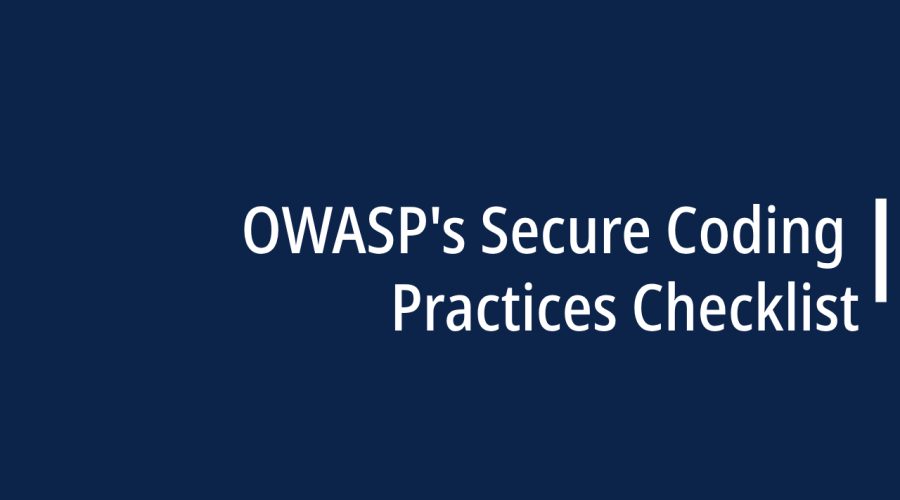What is Perfect Forward Secrecy (PFS)?
Perfect Forward Secrecy (PFS) is a cryptographic property that ensures that the secrecy of past communication remains secure even if the long-term secret keys of a system are compromised in the future. In other words, if an attacker gains access to the encryption keys used to secure past communications, PFS
Read moreHow to Check for Viruses in Files Before Downloading
Checking if a file has a virus before downloading it is a crucial step in maintaining the security of your computer or device. Here are some methods to help you determine if a file may contain malware: Use Antivirus Software: Install reputable antivirus software on your computer or device. These
Read moreHow to Digitally Sign App?
Digitally signing an app is a crucial step in the software development process, especially for ensuring the integrity and authenticity of the app. Here's a step-by-step guide on how to digitally sign an app: Step 1: Obtain a Code Signing Certificate: To digitally sign your app, you need a code
Read moreUnderstanding Checksums: Examples, Practical Use Cases, and Online Calculators
A checksum is a value or code derived from a data set, such as a file or message, used to verify its integrity. It serves as a digital fingerprint of the data, allowing you to confirm whether it has been modified during transmission or storage. Checksums are essential in various
Read moreComprehensive Guide to OWASP’s Secure Coding Practices Checklist
As the frequency and sophistication of cyber threats continue to rise, secure coding practices have become essential for every software development project. The Open Web Application Security Project (OWASP) is a globally recognized authority in the field of application security. They provide invaluable resources and guidelines for building secure software,
Read moreHow to Set Up Your New Code Signing Hardware Token
Setting up a new code signing hardware token is an important step in ensuring the security of your software development process. Code signing helps verify the authenticity and integrity of your software. Here's a step-by-step guide on how to set up your new code signing hardware token: Step 1: Obtain
Read moreWhat is BYOE? What does BYOE stand for?
BYOE stands for "Bring Your Own Encryption." It is a security approach in which individuals or organizations are responsible for providing their own encryption solutions to protect their data and communications. This concept is often applied in cloud computing and data storage scenarios, where users want to maintain control over
Read moreWhat is HSM? Understanding Hardware Security Modules (HSMs)
In the current landscape, businesses increasingly demand robust data security and meticulous key management. Effectively overseeing the lifecycle of cryptographic keys necessitates automation, making Hardware Security Modules (HSMs) an invaluable asset. HSMs offer a dedicated, tamper-resistant sanctuary to safeguard keys and data while streamlining key management processes. But what exactly
Read moreWhat is PKI? A Public Key Infrastructure Definitive Guide
PKI, which stands for Public Key Infrastructure, is a comprehensive framework that plays a pivotal role in the realm of cybersecurity and cryptography. It is an essential component in ensuring secure communication and authentication in the digital world. PKI stands for Public Key Infrastructure, a system used for secure communication,
Read moreRuntime Application Self-Protection (RASP): Defending Your Apps in Real-Time
Runtime Application Self-Protection, commonly known as RASP, is a proactive cybersecurity approach designed to enhance the security of web and mobile applications. Unlike traditional security measures that focus on perimeter defense (like firewalls and intrusion detection systems), RASP operates within the application itself, monitoring and protecting it in real-time. How
Read more








